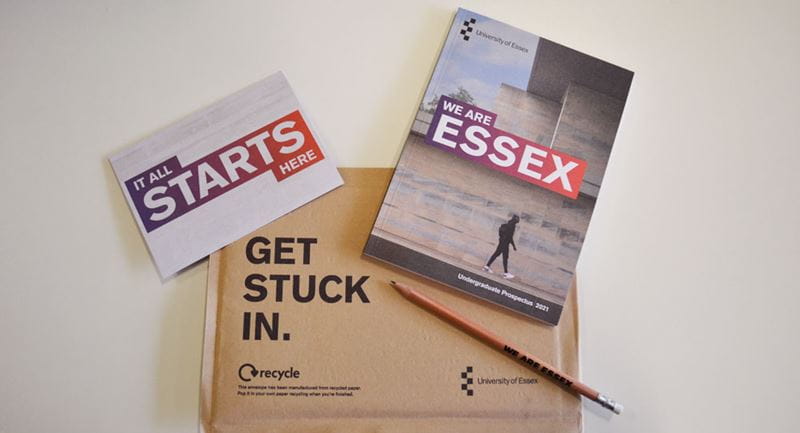Historian in focus: Sean Kelley
-
Date
Wed 12 Sep 18

Sean Kelley's historical interests include new world slavery, the transatlantic slave trade, Africans in the Americas and maritime history.
Sean Kelley is from San Francisco, California. He studied international relations at San Francisco State University before completing a PhD at the University of Texas, before switching to history instead.
Sean has previously published two books: The voyage of the slave ship Hare: A journey into captivity from Sierra Leone to South Carolina and Los Brazos de Dios: A plantation society in the Texas borderlands, 1821-1865. He is currently working on a third which looks at American merchants and mariners involved in the transatlantic slave trade.
What made you become a historian? Were they any specific events that triggered your interest in your specialised field?
Additionally, Sean is involved in the SHADD biographies. This project is pulling together a collection of autobiographical testimonies of African people existing during the slave trade era.
I began, like so many others, with an interest in the American Civil War. As an undergraduate, I was very interested in antebellum US politics and intended to continue studying that topic when I entered graduate school. When I arrived, one of my graduate seminars was on slavery in the era of the American Revolution. Within a week, my interest shifted. The following year I took a seminar in comparative slavery in the US and Brazil. That pushed my interest well beyond just the United States and toward an ‘Atlantic’ perspective.
Did you have anyone who you looked up to as a young person and who particularly influenced your studies, perhaps a teacher, parent, public figure?
John Tricamo and Jerald Combs at San Francisco State University were excellent undergraduate teachers who inspired me to continue my studies. Bob Olwell at the University of Texas showed me the richness and complexity of slavery studies, and Richard Graham taught me to think beyond the boundaries of the US.
What research lead to your discovering the ship, Hare, that features in your book?
I had written a book about a region in Texas that had a large population of illegally-imported enslaved Africans. I had some success in documenting their lives as slaves in Texas, but I was never able to document where they came from in Africa (though I had my suspicions). For my next book, I wanted to focus on the connection to Africa and thought looking at a single, well-documented voyage would be a good way to do that. The Hare turned out to be the best candidate because two rare important documents survived from its voyage: a list of sellers on the African coast, and a list of buyers in South Carolina. Through these two documents I realised I could explore the slave trade and the African experience in one part of the Americas.
How do you find a balance between being a researcher and an academic at the same time?
It’s hard to balance teaching and research in terms of time, but the two aren’t really that different. Research gives me ideas for the classroom, while teaching forces me to distil and summarise my sometimes chaotic thoughts.
Are you working on any current projects? If so, could you go into some more detail?
I’m working on a book about American merchants and mariners in the transatlantic slave trade from the seventeenth through nineteenth centuries. There is a lot of confusion about this topic. Most people assume that American slave traders carried Africans to North America, as depicted in Roots. In reality, most of the enslaved Africans taken to North America arrived aboard British ships, while American ships carried Africans to the Caribbean. Americans were not major players in the transatlantic slave trade, but they were involved for over two centuries so examining their activities can tell us a lot about the connections between Africa and the Americas.
What did you focus on in your PhD? How did you become interested in this?
As I said, I became interested in slavery early on in graduate school and wrote my PhD thesis on slavery in one area of Texas. I chose that region because it had lots of unusual characteristics that would give me something interesting to write about (such as the illegal slave trade and large numbers of German immigrants) and because it was a three-hour drive from where I lived, which in Texas terms is practically next door! I spent months researching in the basements of rural courthouses but loved every minute of it.



